Top 10 Ways Artists Make Money.
This article is about the general concept of art
How do you make money as an artist? Many people who aren’t artists wonder this, and many seasoned artists wonder the same thing!
Of course artists know that to make money, you must sell work. But there other methods of making money that you may not be aware of.
Here are the top 10 ways artists can make money. Each has a short description and a link to an article full of expert advice.
Commercial Galleries
Commercial galleries typically sell artists’ works at a commission. The typical commission that galleries take is somewhere between 40% and 50% of the sale of the work. This is determined by the contract. Whether you submit your work for sale by consignment or enter into an ongoing relationship with a gallery, the parameters should all be written down in a contract.
Nonprofit Galleries
Nonprofit galleries typically show work that is young, edgier, and cutting edge. Depending on the gallery, they will take a commission – usually not more than 30%. Nonprofit galleries typically do not “represent” artists or enter into contractual relationships with them.
Co-Op Galleries
A co-op gallery usually involves a group of artists who work together to show their work, promote the gallery, and sometimes offer community art classes or workshops. Some will even have studio space available for their members to create artwork on site.
Out of Studio
Many artists sell their work out of their studio by arranged visits or open studios arranged with other artists. If you are represented by a gallery, that agreement may extend to “studio sales” or all sales of your work. If you do not have a formal relationship with a gallery, you obviously retain 100% of the sale.
Online
More artists are selling their work online, this is a great way for artists to make money! Any commission from an online website would be determined by the terms of use contract that you agreed to. Different sites charge a different percentage of a commission. Anywhere between 1-5% is normal; 10% is on the high end.
Private Commissions
Artists will do work on a commission basis to make money. If collectors want a personalized work of art like a portrait, they will commission an artist. The artist sets the price and usually asks for a percentage of the price up front.
If you have a formal relationship with a gallery, they will likely take a cut of any commissioned work that they bring to you. Terms of commissions will be stated in your contract. Artists who do a lot of commission work have been interviewed to give you. Public Commissions
Artists are commissioned for public art usually in connection with a new building or construction project. Many states have a law that specifies that 1% of the total building cost go to art for the building. Usually state and city art groups have the latest information of what program is currently accepting applications.
There are also private funds for public art like The Public Art Fund and Percent for Art. When artists get a public work commission, they typically get 20% of the total cost of the project as an artist’s fee.
Grants
There are many grants for artists. They are very competitive to get, but as one mentor of mine advised me, “Don’t give up until you have applied ten times.” Grants vary in how much money they award. Some grants are privately funded and some are publicly funded. Some are given for a specific project that you propose and some are given outright for the work that you do.
Residencies
There are many residencies for artist to get “away from the world” and focus on their work. The length of the residency varies and the amount of money granted to the artist varies too. Some residencies actually charge money. But many will cover at least some if not all costs. You must apply for these residencies and have a flexible work schedule to go.
Many times the most valuable asset of a residency is not the money granted, but the professional network an artist forms while there. The network may include other artists, guests, curators, and other influential people in the art word.
Museums and Art Centers
Artists generally don’t see a cent from exhibits in a museum. In some cases, however, they do make money. Installation artists are typically given an artist fee for creating a temporary installation. The fee can be set by you or the museum. Find other ways that museums can help an artist’s career and hear what a curator has to say about the business of museums.
Teaching / Guest Artist Programs
One of the most popular ways to make money as an artist is to teach. Teaching opportunities at a college level are competitive, but don’t overlook guest artist programs. There may be ways to get a teaching job that you have not thought of.
Thanks for visiting Fine Art Tips. I hope this article helps you with some new ideas so you can make money with your art!
I started drawing and painting since i was a kid, but through God and hard work i have exceeded the limits i never thought i would and now it has been a part of me and i will never stop learning.
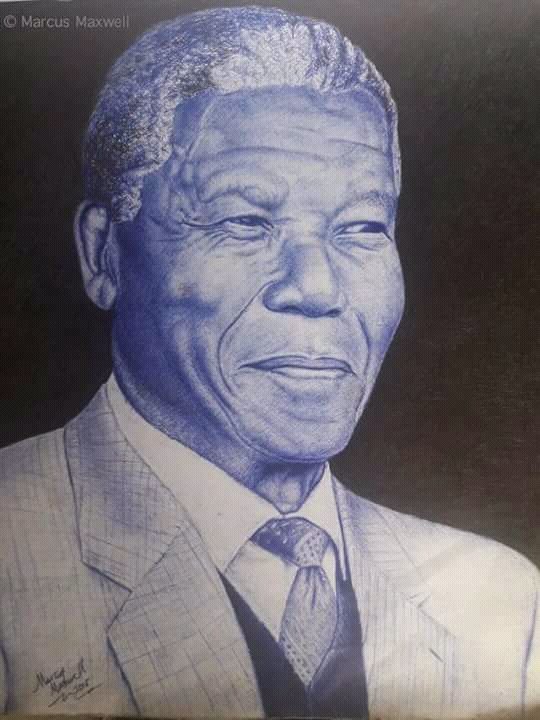
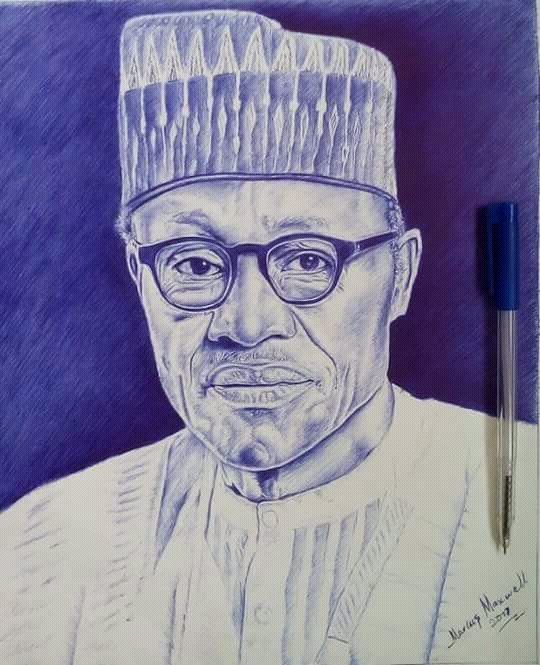
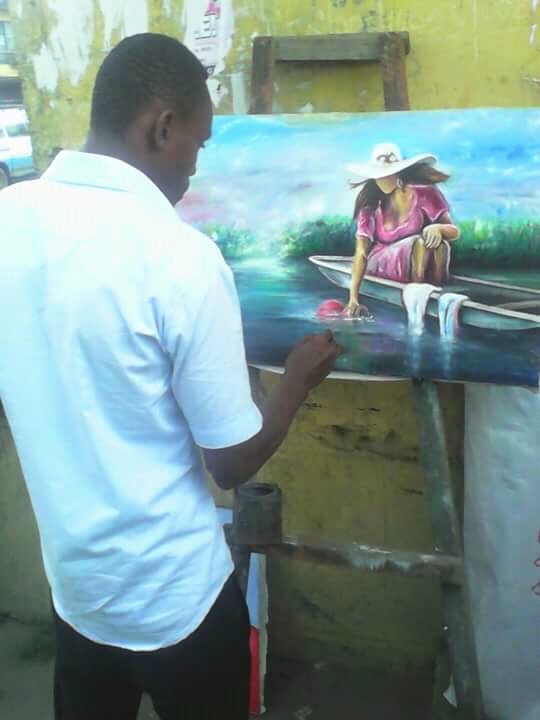
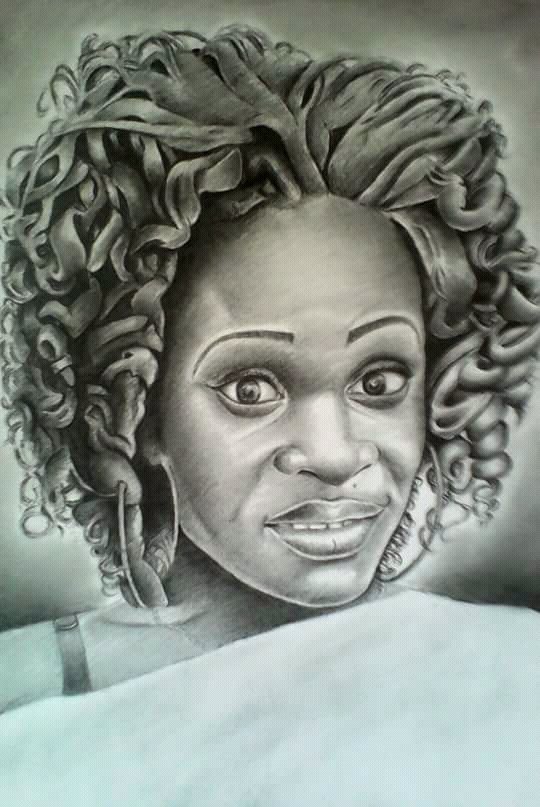
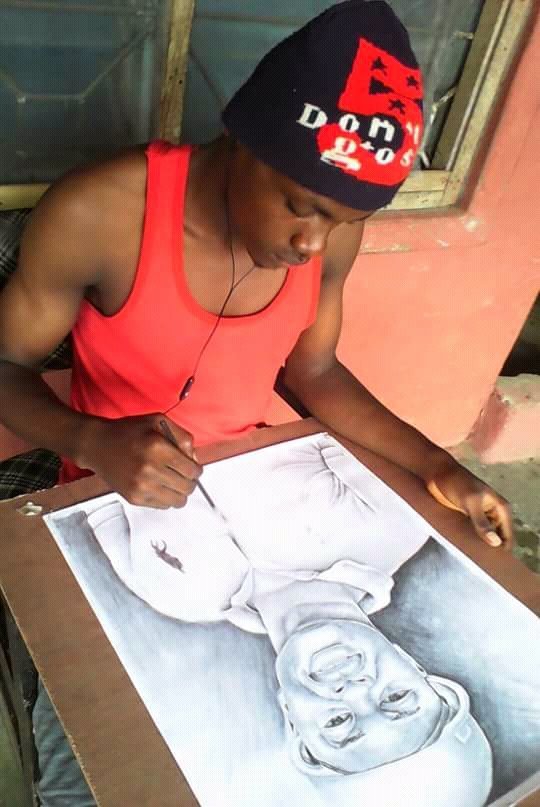
Art is a diverse range of human activities in creating visual, auditory or performing artifacts (artworks), expressing the author's imaginative or technical skill, intended to be appreciated for their beauty or emotional power. In their most general form these activities include the production of works of art, the criticism of art, the study of the history of art, and the aesthetic dissemination of art.
The oldest documented forms of art are visual arts, which include creation of images or objects in fields including today painting, sculpture, printmaking, photography, and other visual media.
Architecture is often included as one of the visual arts; however, like the decorative arts, or advertising, it involves the creation of objects where the practical considerations of use are essential—in a way that they usually are not in a painting, for example.
Music, theatre, film, dance, and other performing arts, as well as literature and other media such as interactive media, are included in a broader definition of art or the arts. Until the 17th century, art referred to any skill or mastery and was not differentiated from crafts or sciences.
In modern usage after the 17th century, where aesthetic considerations are paramount, the fine arts are separated and distinguished from acquired skills in general, such as the decorative or applied arts.
Art may be characterized in terms of mimesis (its representation of reality), narrative (storytelling), expression, communication of emotion, or other qualities. During the Romantic period, art came to be seen as "a special faculty of the human mind to be classified with religion and science".
Though the definition of what constitutes art is disputed and has changed over time, general descriptions mention an idea of imaginative or technical skill stemming from human agency and creation.
The nature of art and related concepts, such as creativity and interpretation, are explored in a branch of philosophy known as aesthetics.
The visual arts are art forms such as ceramics, drawing, painting, sculpture, printmaking, design, crafts, photography, video, film making, and architecture. Many artistic disciplines (performing arts, conceptual art, textile arts) involve aspects of the visual arts as well as arts of other types. Also included within the visual arts are the applied arts such as industrial design, graphic design, fashion design, interior design and decorative art.
Current usage of the term "visual arts" includes fine art as well as the applied, decorative arts and crafts, but this was not always the case. Before the Arts and Crafts Movement in Britain and elsewhere at the turn of the 20th century, the term 'artist' was often restricted to a person working in the fine arts (such as painting, sculpture, or printmaking) and not the handicraft, craft, or applied art media. The distinction was emphasized by artists of the Arts and Crafts Movement, who valued vernacular art forms as much as high forms. Art schools made a distinction between the fine arts and the crafts, maintaining that a crafts person could not be considered a practitioner of the arts.
The increasing tendency to privilege painting, and to a lesser degree sculpture, above other arts has been a feature of Western art as well as East Asian art. In both regions painting has been seen as relying to the highest degree on the imagination of the artist, and the furthest removed from manual labour – in Chinese painting the most highly valued styles were those of "scholar-painting", at least in theory practiced by gentleman amateurs. The Western hierarchy of genres reflected similar attitudes.
Drawing is a form of visual art in which a person uses various drawing instruments to mark paper or another two-dimensional medium. Instruments include graphite pencils, pen and ink, inked brushes, wax colored pencils, crayons, charcoal, chalk, pastels, various kinds of erasers, markers, styluses, various metals (such as silver point) and electronic drawing.
A drawing instrument releases a small amount of material onto a surface, leaving a visible mark. The most common support for drawing is paper, although other materials, such as cardboard, plastic, leather, canvas, and board, may be used. Temporary drawings may be made on a blackboard or whiteboard or indeed almost anything. The medium has been a popular and fundamental means of public expression throughout human history. It is one of the simplest and most efficient means of communicating visual ideas. The wide availability of drawing instruments makes drawing one of the most common artistic activities.
In addition to its more artistic forms, drawing is frequently used in commercial illustration, animation, architecture, engineering and technical drawing. A quick, freehand drawing, usually not intended as a finished work, is sometimes called a sketch. An artist who practices or works in technical drawing may be called a drafter or a draftsman.
Drawing is one of the major forms of expression within the visual arts. It is generally concerned with the marking of lines and areas of tone onto paper/other material, where the accurate representation of the visual world is expressed upon a plane surface. Traditional drawings were monochrome, or at least had little colour, while modern colored-pencil drawings may approach or cross a boundary between drawing and painting. In Western terminology, drawing is distinct from painting, even though similar media often are employed in both tasks. Dry media, normally associated with drawing, such as chalk, may be used in pastel paintings. Drawing may be done with a liquid medium, applied with brushes or pens. Similar supports likewise can serve both: painting generally involves the application of liquid paint onto prepared canvas or panels, but sometimes an under drawing is drawn first on that same support.
Drawing is often exploratory, with considerable emphasis on observation, problem-solving and composition. Drawing is also regularly used in preparation for a painting, further obfuscating their distinction. Drawings created for these purposes are called studies
There are several categories of drawing, including figure drawing, cartooning, doodling, and free hand. There are also many drawing methods, such as line drawing, stippling, shading, the surrealist method of entopic graphomania (in which dots are made at the sites of impurities in a blank sheet of paper, and lines are then made between the dots), and tracing (drawing on a translucent paper, such as tracing paper, around the outline of preexisting shapes that show through the paper).
A quick, unrefined drawing may be called a sketch.
In fields outside art, technical drawings or plans of buildings, machinery, circuitry and other things are often called "drawings" even when they have been transferred to another medium by printing.
Please share your thoughts in the comments below!